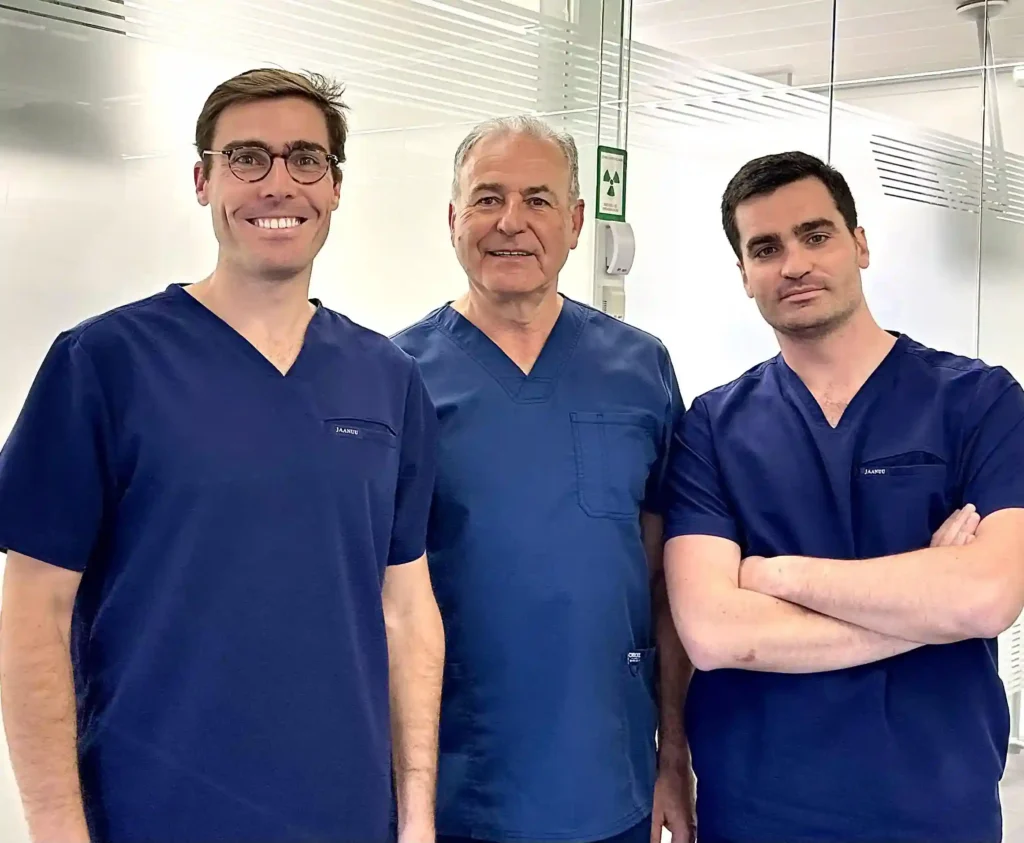Dental Prosthesis
At Noguerol Clinic we make dental prostheses, which are artificial devices, fixed or removable, which are placed in the mouth to replace missing teeth. They solve problems of chewing, hygiene and dental aesthetics, also avoiding a possible deterioration of the remaining teeth.
Why are they necessary?

Tooth loss can be caused by caries, gum disease (main cause) and trauma.
When teeth are missing, the adjacent and opposing teeth tend to move into the free space causing all kinds of imbalances in the dental arches:
- Problems chewing food and pronouncing food correctly
- Dental malocclusion
- Increased likelihood of dental and periodontal disease
Types Of Dentures
Fixed dental prostheses
When we talk about fixed dental prostheses we refer to those that cannot be removed because they are fully integrated into the patient’s tooth structure.
Today, fixed prostheses provide greater comfort, reliability and durability, which results in a better quality of life for the patient.
Fixed dental prostheses can be placed on teeth or on implants.
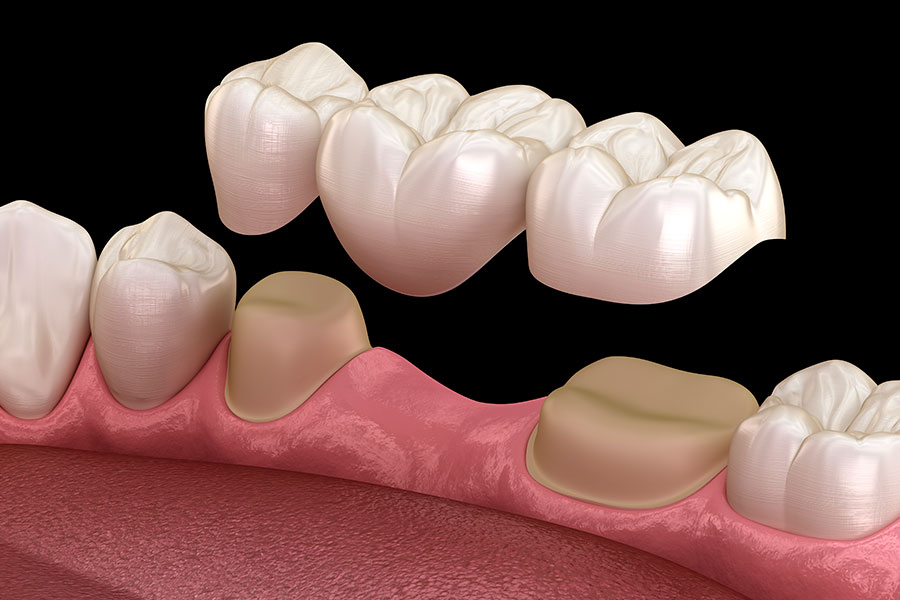
Fixed prostheses on teeth
These prostheses are known as dentures, which is a term that means that they are completely and uniquely supported by the teeth. Fixed prostheses on teeth are a good option for those patients whose dental conditions do not allow the placement of implants.
Fixed prostheses on implants
Prostheses can also be supported on implants. This is undoubtedly the best solution to replace missing teeth, since the sensation experienced by the patient is similar to that of natural teeth.
Fixed Prostheses on Implants
Within the fixed prostheses on implants, we find different options depending on the patient’s needs. In our dental clinic in Granada we will advise you on which is the best option for your particular case.
Unit crowns
Dental crowns can be placed both on teeth, acting as a restorative treatment when they are badly damaged, and on implants.
At this point it is necessary to remember that the dental implant is the «screw» that is integrated into the jawbone and performs the function of the root of the lost tooth, support the crown, which acts as the visible part of the tooth. of the same. In the case of single crowns, there is only one missing tooth, which is replaced by a single implant and a single crown.
Depending on the decision of the specialist and the patient and the justification for their use, crowns can be made of different materials such as ceramics, resins or zirconium. different materials such as ceramics, resins or zirconium, which perfectly mimic the appearance of a natural tooth, restoring functionality and esthetics to the smile.
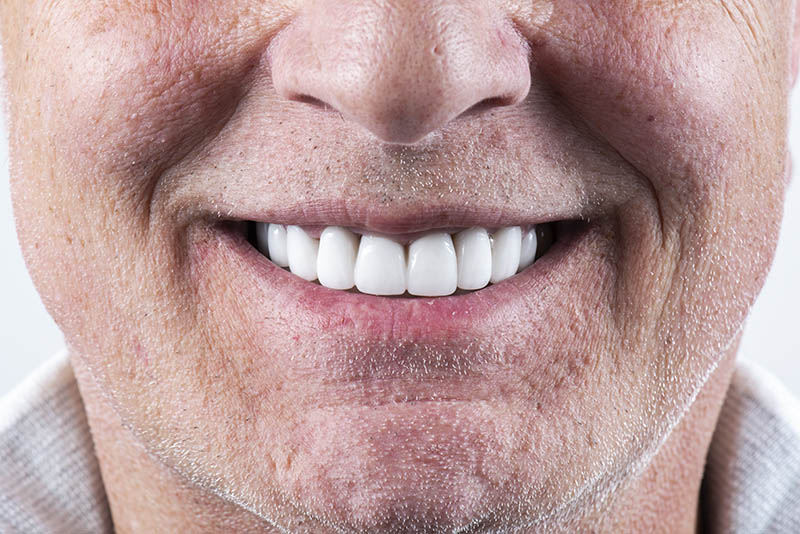
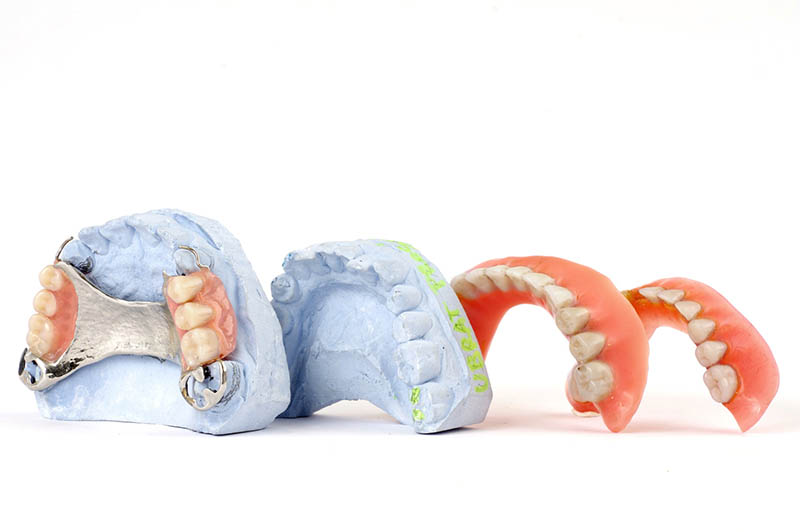
Implant-supported bridges
Bridges on implants allow us to replace several contiguous damaged or missing teeth in a fixed and durable way. It is anideal option when 3 or more consecutive teeth are missing.
For this purpose, two implants are placed to support the bridge, which is made up of 3 (or more) crowns, joined together. In this way, the missing pieces at the ends are replaced by an implant and a crown, while those remaining in the center are only replaced by the crown.
The main advantage of implant-supported bridges is that they allow the replacement of three or more adjacent teeth with only two implants. Aesthetically, the appearance is very similar to that of missing natural teeth.
Hybrid Prostheses
Hybrid prostheses are a fixed structure fixed structure screwed onto dental implants dental implants recommended for patients who are completely edentulous, that is to say, who do not have any teeth or for those who, in spite of keeping some, present a prognosis of loss in the short term.
It is a resin prosthesis composed of a strong metallic structure on which the artificial crowns and an artificial gingiva are adhered. It replaces a complete arch and 4 to 6 implants are necessary to support it.
It is a fixed solution that provides safety and comfort to the patient and offers a good esthetic result.
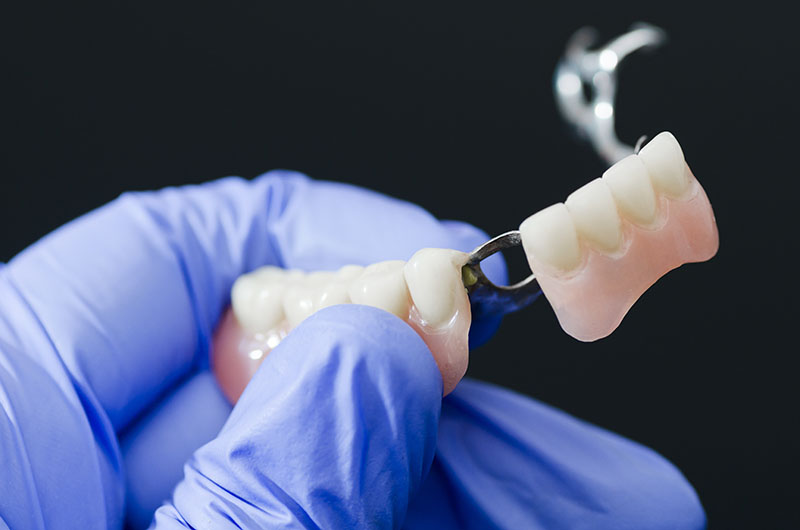
Removable Dentures
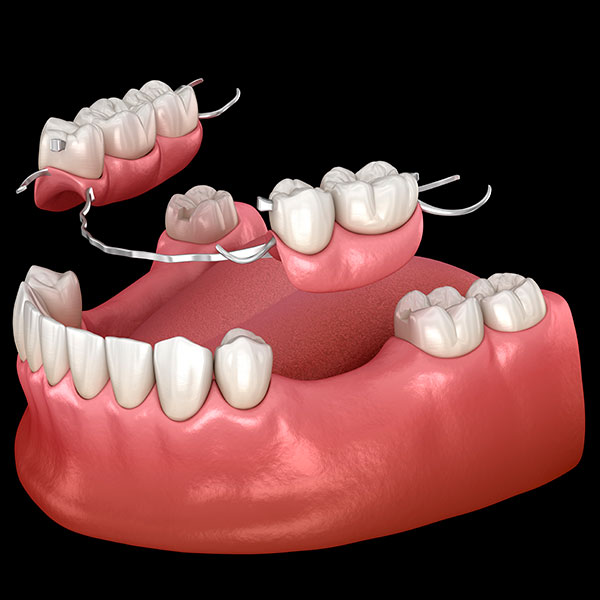
Unlike fixed prostheses, in this case we are talking about dental prostheses that can be dentures that can be removed and inserted more easily, so that the patient can take them out for dental hygiene or to sleep, and put them back in again later. The patient can remove them for dental hygiene or to sleep, and then put them back in again.
Obviously, the performance of removable prostheses is not as exceptional as that of fixed prostheses, but they are still a good option for certain patients. Generally, these prostheses are placed in elderly people who cannot undergo more invasive treatments, these prostheses are placed in elderly people who cannot undergo more invasive treatments.
There are two main groups of removable dental prostheses, depending on the material they are made of. On the one hand, there are the metallic ones and, on the other hand, the acrylic or resin ones. The latter are usually only used as provisional prostheses while the definitive prostheses are being made.
Removable partial dentures
These removable prostheses are placed in patients without several teeth. They are supported on teeth in good condition by means of hooks.
Removable complete dentures
These are the removable prostheses that we use in cases where the patient has no teeth. When we cannot opt for complete oral rehabilitation through the placement of dental implants, complete dentures allow us to improve the quality of life of edentulous patients.
Overdenture
An implant-supported overdenture is a removable complete denture that uses implants as retention to improve its stability in the oral cavity. removable complete denture that uses implants as retention to improve its stability in the oral cavity.
Unlike hybrid prostheses, overdentures are placed over the implants by means of a system of fixations that allows the patient to remove them for proper oral hygiene. thepatient can remove it for proper oral hygiene, but keeps it firmly anchored, but keeps it firmly anchored.
At Clínica NoguerolGranada) we will study your situation and advise you on the best option for your particular case.
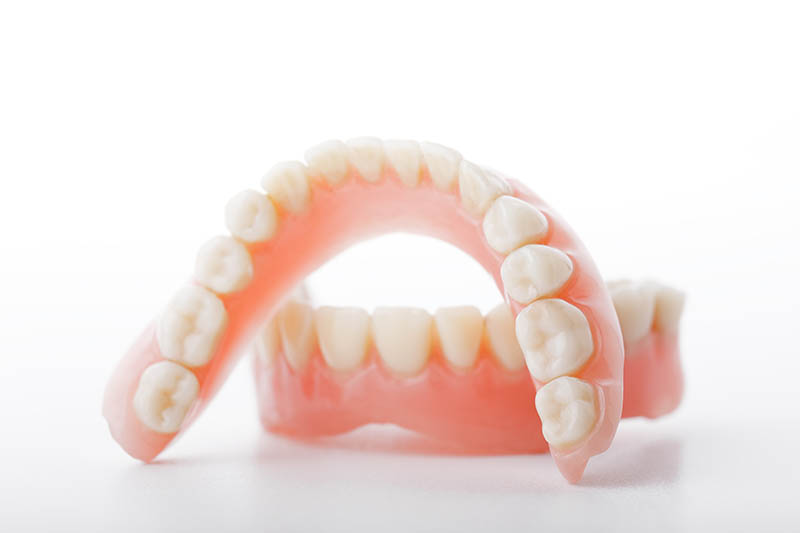
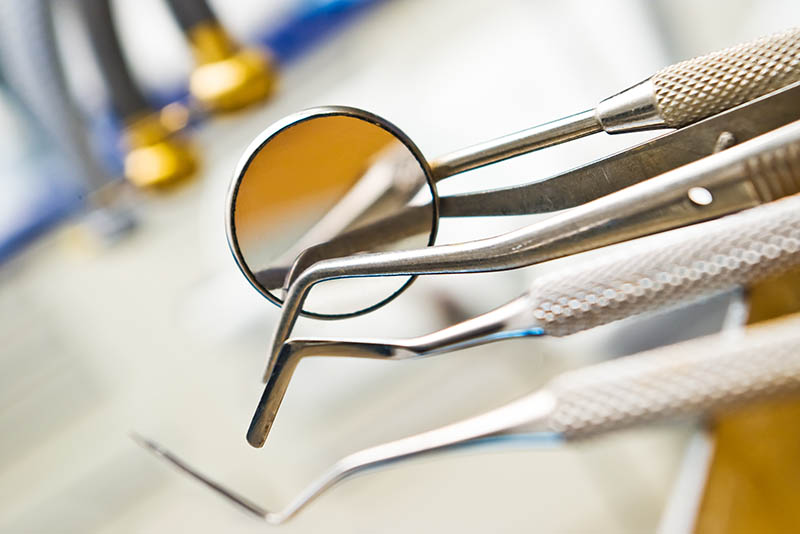
Inlays
Dental inlays and onlays are a type of restoration used to repair damaged posterior teeth. repair posterior teeth that have been damaged as a result of as a result of mild to moderate caries. They can also be used to cover fractures, as long as the damage is not deep enough to require a dental crown.
The main advantage of inlays over crowns is that they are a more conservative option, since it is not necessary to grind the tooth before placing them. They are custom-made in a laboratory for each patient, using porcelain or composite resin and achieving an appearance very similar to that of the tooth.
Depending on the tooth surface they cover, we can speak of three different types of inlays and onlays
Inlay
They are those that cover only the intercuspid space, that is to say, they do not cover any dental cusp.
Onlay
The onlay covers at least one cusp, without covering all of them, and the middle part of the tooth.
Overlay
In this case, it covers all the cusps of the tooth.
Immediate Implants
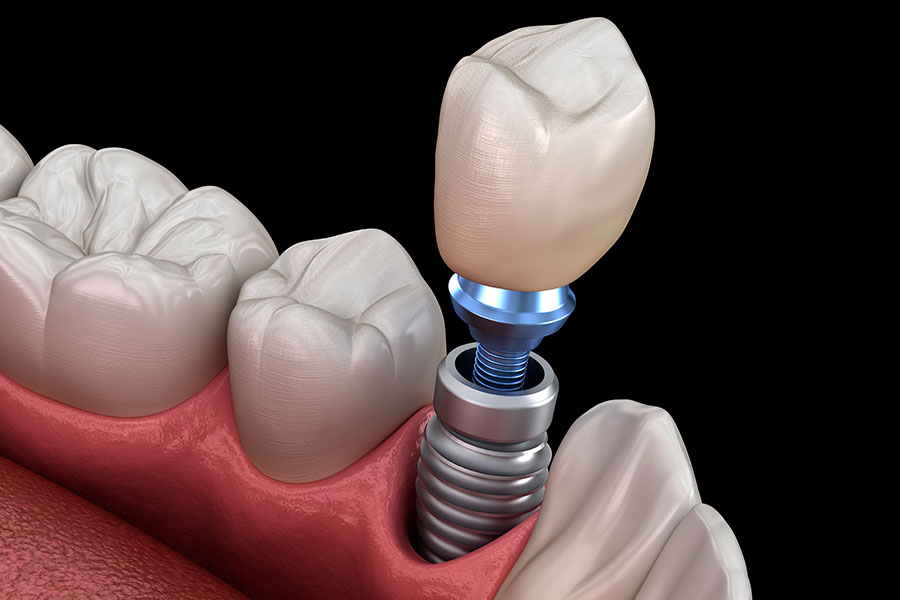
In our dental clinic we can, in selected cases, place dental implants and provisional fixed dentures on the same day. Thanks to this technique, patients whose conditions allow it, can enjoy their new smile in just 24 hours.
Immediate loading implants allow patients to have a normal life from the very first moment, which improves their confidence and self-esteem considerably.
